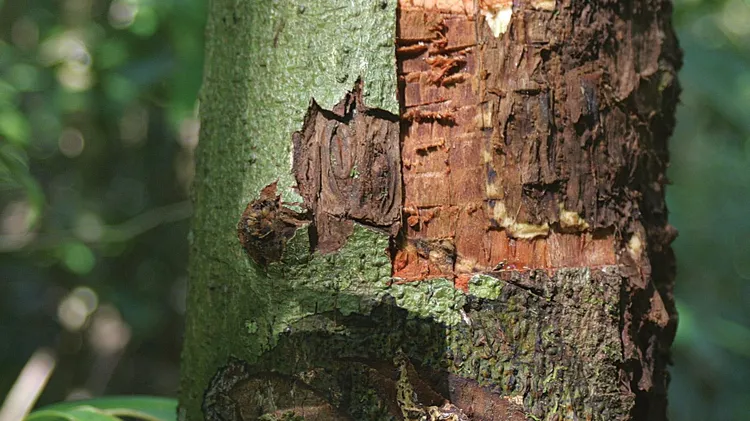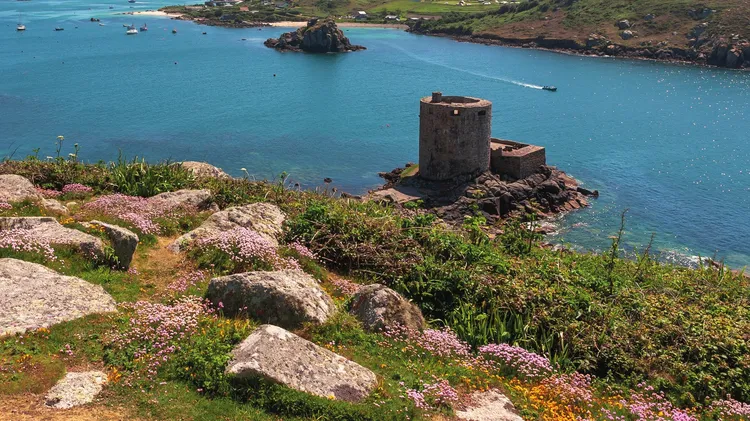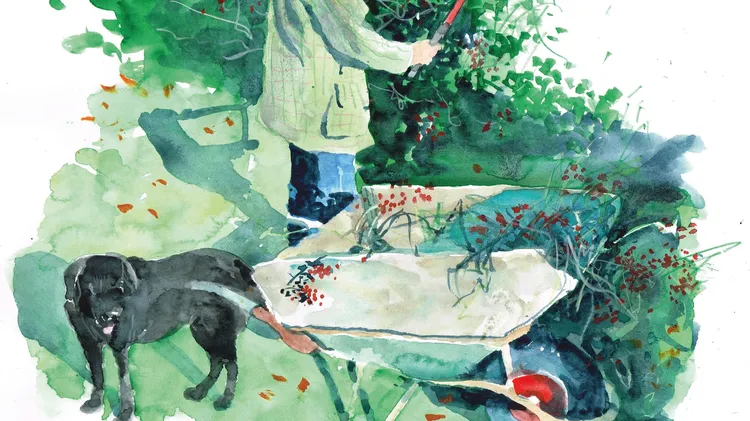Tall and elegant, the Scots pine flourishes in the wild glens of the Highla
The great survivor
7 min read
This article is from...
Read this article and 8000+ more magazines and newspapers on Readly






